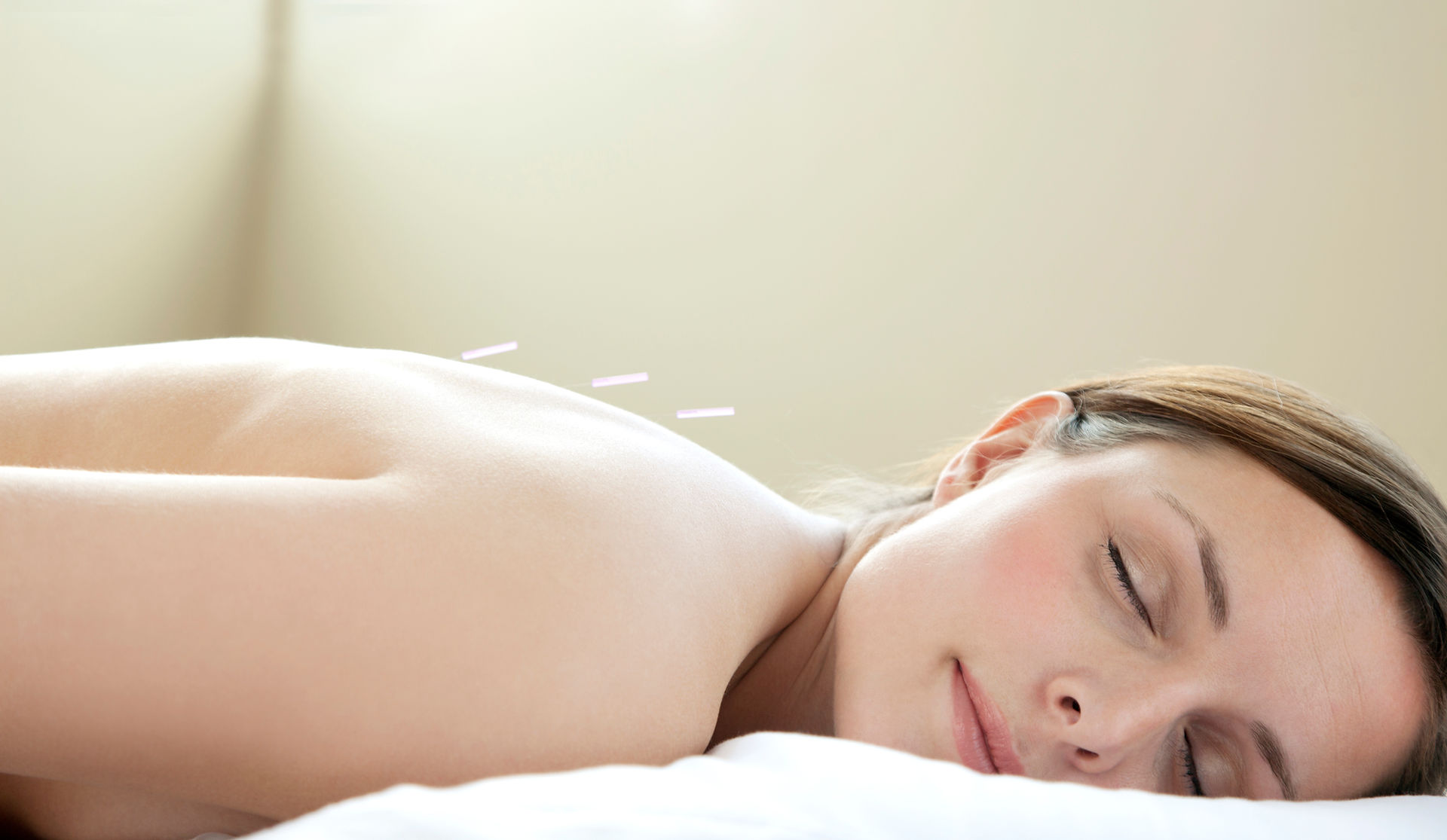
DRY NEEDLING
WHAT IS DRY NEEDLING?
Dry needling involves the gentle insertion of filament needles into the painful or knotted part of a muscle: commonly referred to as a myofascial trigger point. The aim of dry needling is to reduce the pain and discomfort associated with these trigger points by promoting muscle relaxation, tissue rejuvenation, and restoring any wider imbalances caused by tight or constricted muscular tissue.
In a dry needling session, each needle is gently inserted into the tense muscle at the trigger point, carefully manipulated to instigate the therapeutic effect, and then removed after a short period. The process may be repeated several times throughout the course of a single session.
Each needle is incredibly fine in diameter and individually packaged, sterile, and single-use. It is rare for any bleeding or bruising to occur at the point of insertion.
WHY DOES DRY NEEDLING WORK?
Each dry needle creates a small and precise ‘lesion’ in the tissue of the muscle at the point of insertion. The lesion is interpreted as a minor injury to the brain, which triggers a sequence of events to replace or repair the ‘damaged’ muscle with new, healthy tissue. This is referred to as the ‘twitch response’.
Once the twitch response is elicited, the muscle fibres in the trigger point begin to relax, any inflammation begins to gradually reduce, circulation improves and the muscle can commence the process of returning to normal function.
These responses – enhanced circulation, reduced inflammation and relaxed muscular tissue – make dry needling a particularly effective addition to a broader rehabilitation treatment plan. Dry needling plays a key role in the process that then allows a patient to rehabilitate injury through normal movement, retraining, and specific exercise prescription.
What is the difference between dry needling and acupuncture?
Dry needling is based on current medical science. The framework for dry needling is accepted by contemporary orthopaedic, neurologic and pain management therapists.
Although there are clear similarities between dry needling and acupuncture, dry needling is based on anatomical and neurophysiological principles of Western medicine, while acupuncture uses principles of Traditional Chinese Medicine.
Consultation Cost included in Myotherapy Prices


